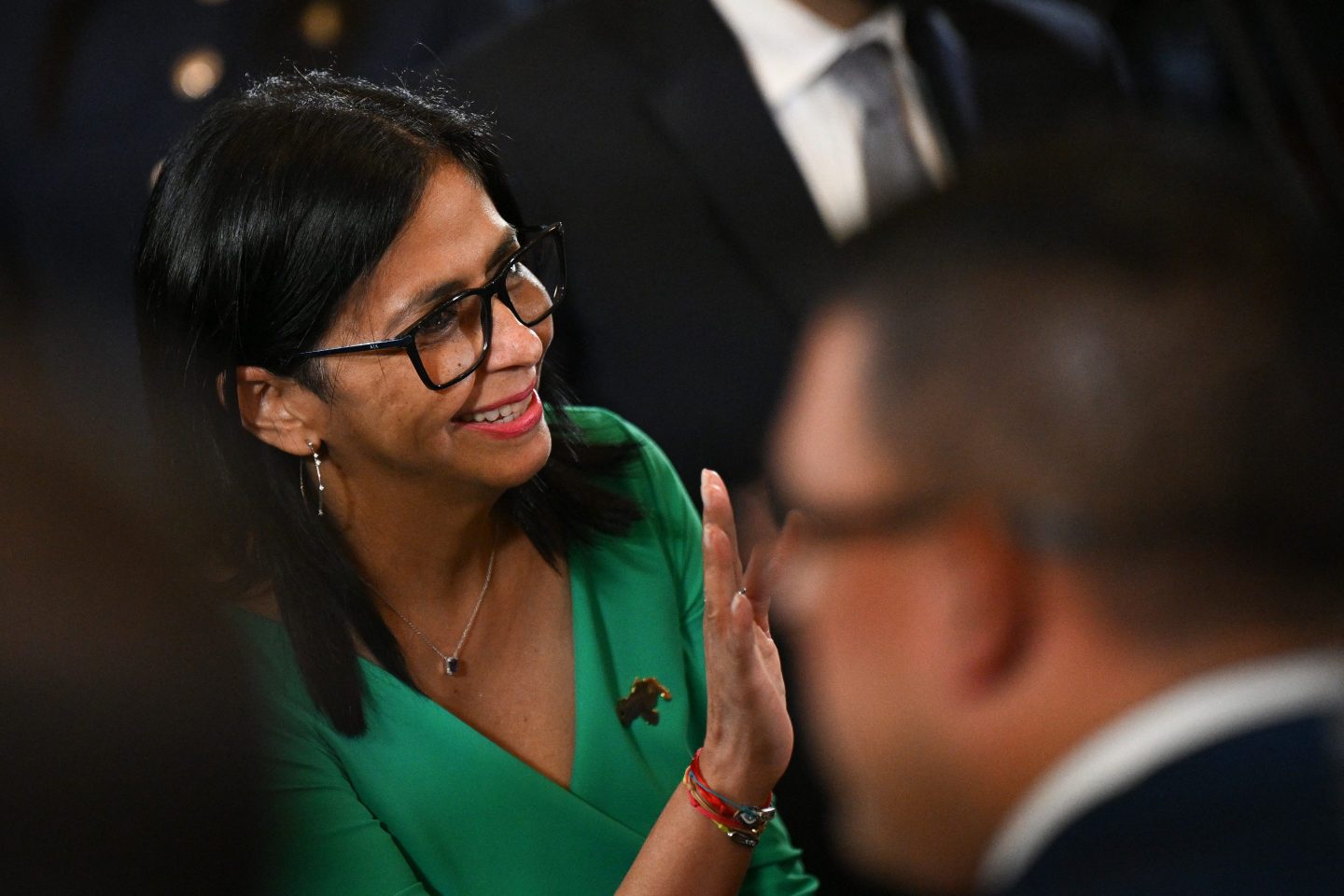Good afternoon, readers.
An immunization campaign against a virus evolves just as a pathogen itself does. First, you need to make the product. Then, you need to ramp up supply and delivery systems to get shots into arms. But the next step comes with a whole different set of tactics.
You see, we’re about two weeks to one month away from the COVID vaccine supply-and-demand curve reversing itself. In other words: The U.S. will soon reach the point when the public’s demand and enthusiasm for a vaccine starts to lag behind a glut of supply rather than the other way around, according to a new report from the think tank Kaiser Family Foundation.
That’s due to a number of factors. For one thing, vaccine eligibility has ramped up considerably, with all American adults 16 and over eligible since the beginning of this week. The brand new distribution systems and partnerships necessitated by the pandemic have also become more stable, although there are still plenty of production hiccups and inequities that will be critical to track.
But the fact is that more than 86 million Americans have already been fully vaccinated against COVID, according to the Centers for Disease (CDC). That number climbs to more than 133 million when including those who have received at least one shot.
The clip of vaccinations, however, already appears to be falling. And that presents the next major challenge – convincing the roughly 20% of adults who are most ardently opposed to vaccination to get a shot so that we can truly achieve herd immunity.
“Federal, state, and local officials, and the private sector, will face the challenge of having to figure out how to increase willingness to get vaccinated among those still on the fence, and ideally among the one-fifth of adults who have consistently said they would not get vaccinated or would do so only if required,” writes KFF in its report.
We’ll find out soon enough which tactics work the best in that undertaking.
Read on for the day’s news.
Sy Mukherjee
sy.mukherjee@fortune.com
@the_sy_guy
DIGITAL HEALTH
Alexa, where can I get a COVID vaccine? Amazon announced on Wednesday that its Alexa-compatible devices can now assist users in finding COVID vaccination sites. "Alexa, where can I get a COVID vaccine?" is the question and Amazon's tech, which can also direct owners to call nearby vaccination sites to check on appointment availabilities, provides the answer. It's unclear just how effective it is given that some appointment-setting sites, depending on where you live, might be a bit of a mess. But given Alexa's vast user network, it's a feature that may be used on a wide scale before the vaccine supply-demand dynamic flips. (The Verge)
INDICATIONS
The slow-but-steady turnaround on J&J's COVID vaccine. With continuing caution over (extremely rare) blood clots associated with Johnson & Johnson's and AstraZeneca's COVID vaccines, European regulators are still recommending that these shots (and Johnson & Johnson's specifically) continue to be used. While noting the possible link between the J&J jab and blood clots in a tiny slice of the population, the European Medicines Agency (EMA) pointed out COVID is still the bigger threat. "COVID-19 is associated with a risk of hospitalization and death. The reported combination of blood clots and low blood platelets is very rare, and the overall benefits of COVID-19 Vaccine Janssen in preventing COVID-19 outweigh the risks of side effects,” the agency said. Johnson & Johnson announced it will resume sending vaccine doses to Europe following the guidance. (Fortune)
THE BIG PICTURE
Big Soda continues to show its clout. The soda pop and sugary drinks industry notched another win as California legislators shelved a proposal to undo a 2018 agreement, largely manufactured by the beverage industry, that would prevent the taxation of high-sugar beverages. Kaiser Health News reports that the beverage industry, including giants such as Pepsi and Coca-Cola, spent $5.9 million over the past four years lobbying legislators in the Golden State, and had donated to causes supported by nearly every lawmaker and state official. (Kaiser Health News)
REQUIRED READING
A tour inside the post-pandemic gym, by Rachel King
Carbon emissions are going to balloon post-COVID, by Sophie Mellor
LinkedIn adds more caretaker titles as women leave the workforce, by Maria Aspan











